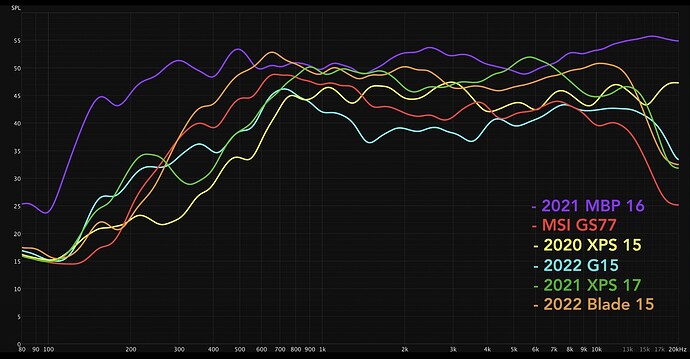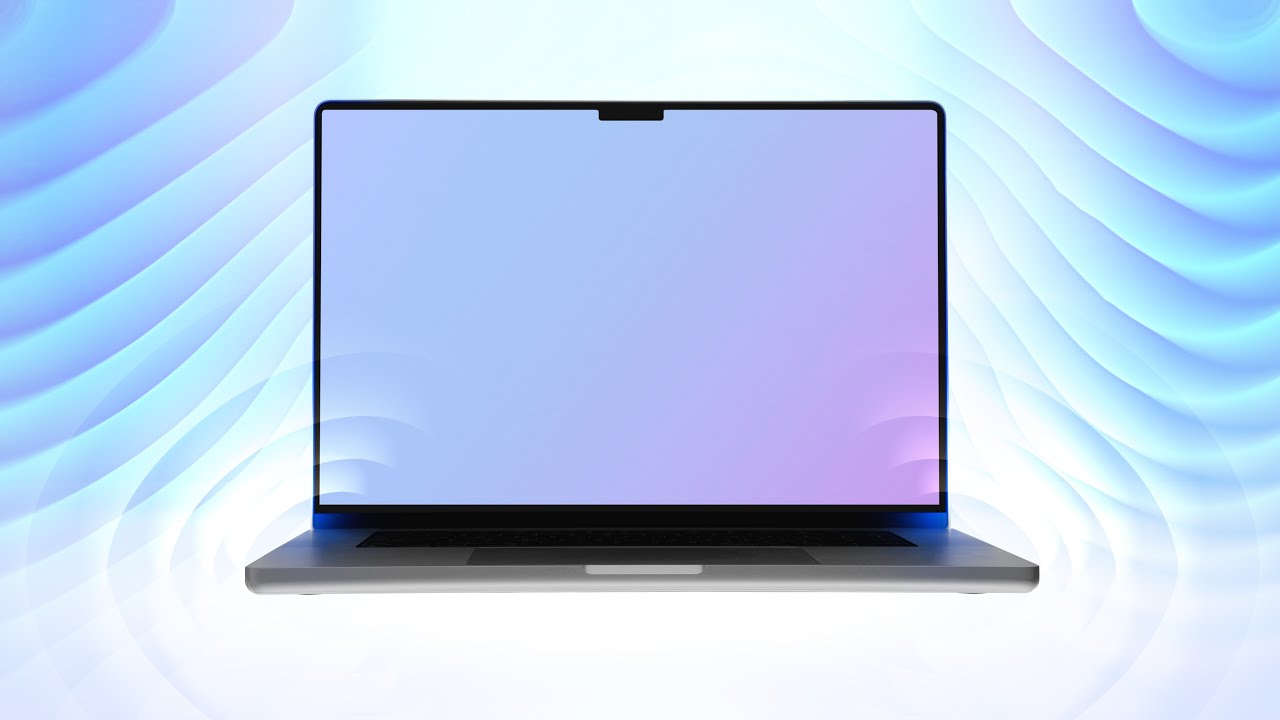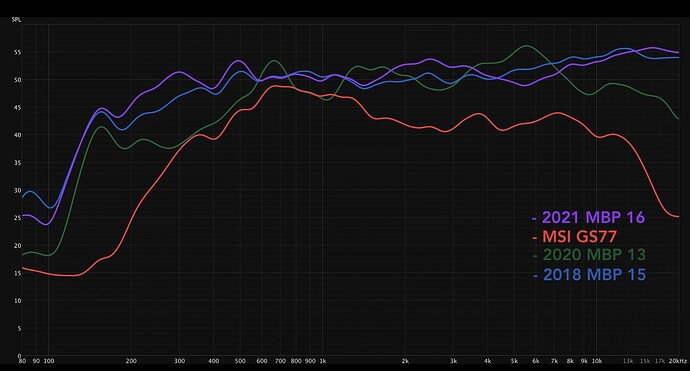Sound response is an expensive and difficult engineering task in laptops and tablets. It means designing the entire tablet or tablet around it in tight, shared quarters, where its already occupied casing has to double as the resonant cavity of the speakers. That means that the best manufacturers must of necessity engineer the material, geometry, electronics, and shielding, of the casing in tandem with the speakers if the frequency response, distortion and noise characteristics are to be of high quality. The speakers themselves should also be adjusted in windings and shape, as well as position and angling, for a flat frequency response with low distortion, meaning more expense in custom design and significantly longer research and development timelines.
More manufacturers opt to use off-the-shelf speakers with little or no tuning in those areas, and then they apply a lab-measured post-equalization calibration in software. In even worse cases, however, most manufacturers just go the cheap and lazy route, turning up the bass and treble in an optional software package with a generic U-shaped equalization curve combined with a software-based normalization or sound compression technique to hastily mask the speakers’ natural properties of high distortion, high noise, and uneven response. However, the results never are as intended and users immediately discover a tinny, muffled response in most laptops and tablets as @Marty shares above. In practice, a combination of one or more of these techniques are of necessity to some degree given the physics of stuffing speakers into a shared enclosure will result in worse audio quality than a dedicated speaker.
I would not be surprised that Apple, besides custom designing their speakers for their iPads and MacBooks to target an ideal frequency response, still applies some level of software, firmware, and/or controller-based equalization correction. For example, the Dolby Atmos audio processing (this is software) on the Surface Pro 8 does normalization since the speakers are incapable of making soft sounds audible due to the high distortion and noise levels which result from how small its speakers are in a non-ideal firing position. To my ears at least, the Surface Laptop Studio’s sound system is head and shoulders above any other laptop I have heard PC or Mac. Besides its design being clearly tuned and built around its speakers, it utilizes a more sophisticated dynamic (or volume-based) equalization curve, more commonly seen as a loudness button or midnight mode on audio video receivers (AVR).
This is directly based on the Fletcher Munson curve, also known as an equal-loudness contour. (Fun fact: a college classmate and friend of mine was the great granddaughter of Harvey Fletcher.) It works by interfacing with the anatomical properties of human hearing, based on the fact that we are less sensitive to frequency extremes at lower volumes. It adds more bass and treble relative to midrange at softer volumes and less and less of bass and treble (until a true neutral response) at higher volumes. The net result is the sound is perceivably neutral and therefore discernible and pleasing to the human ear regardless of the volume level, soft or loud, you are listening at.


